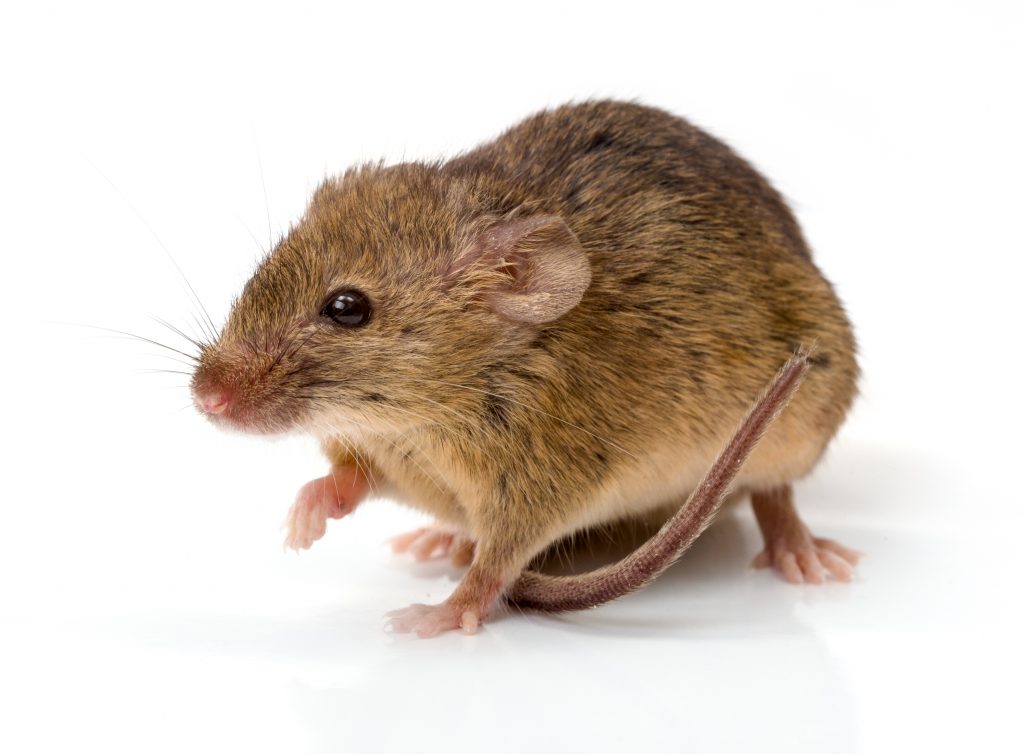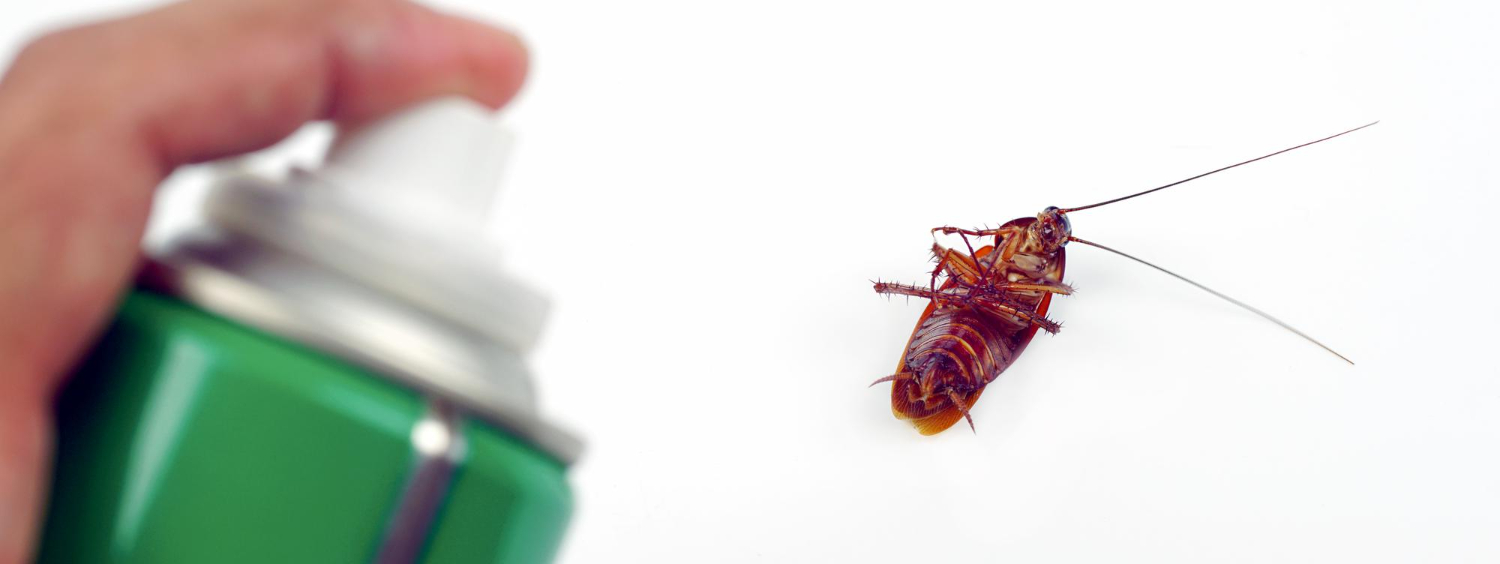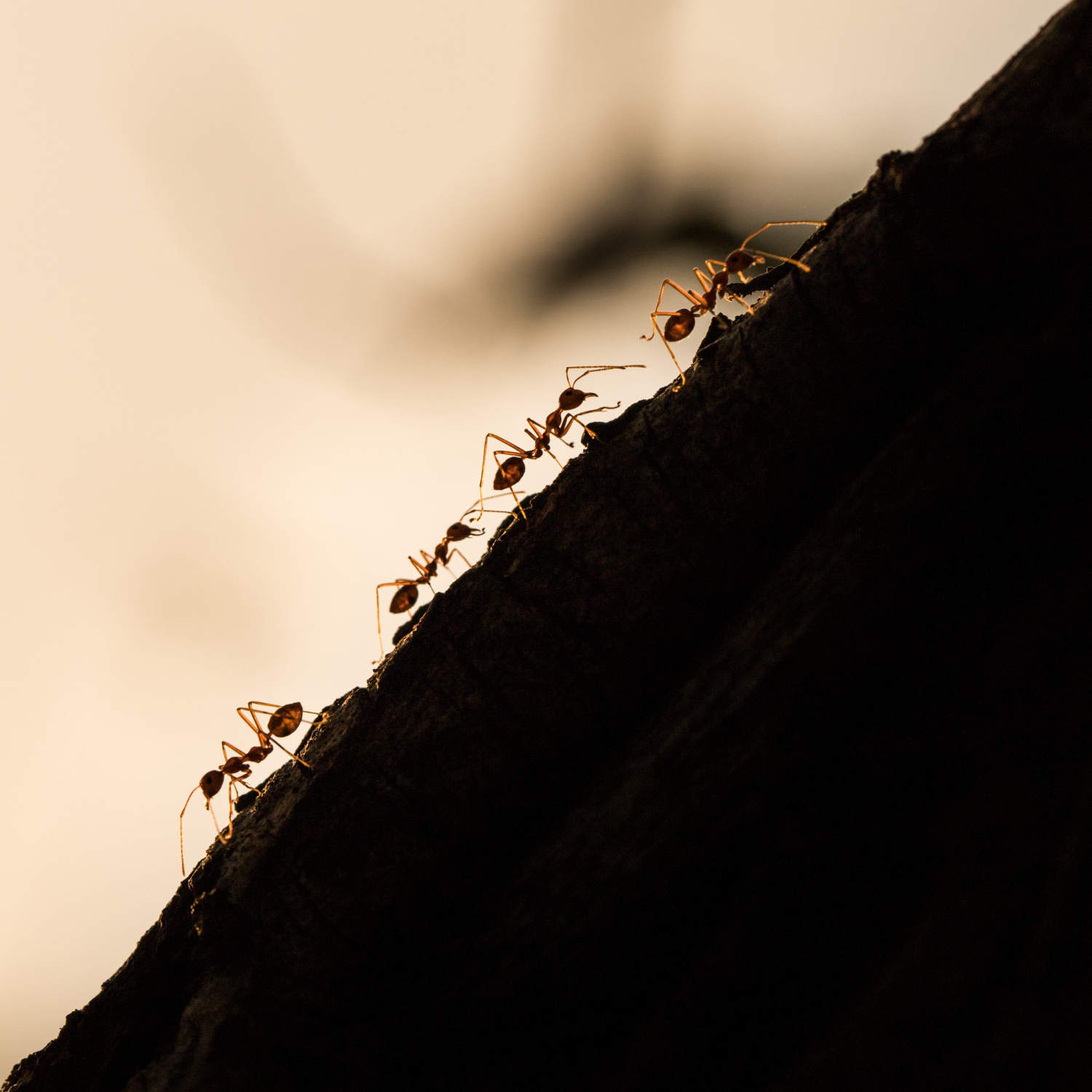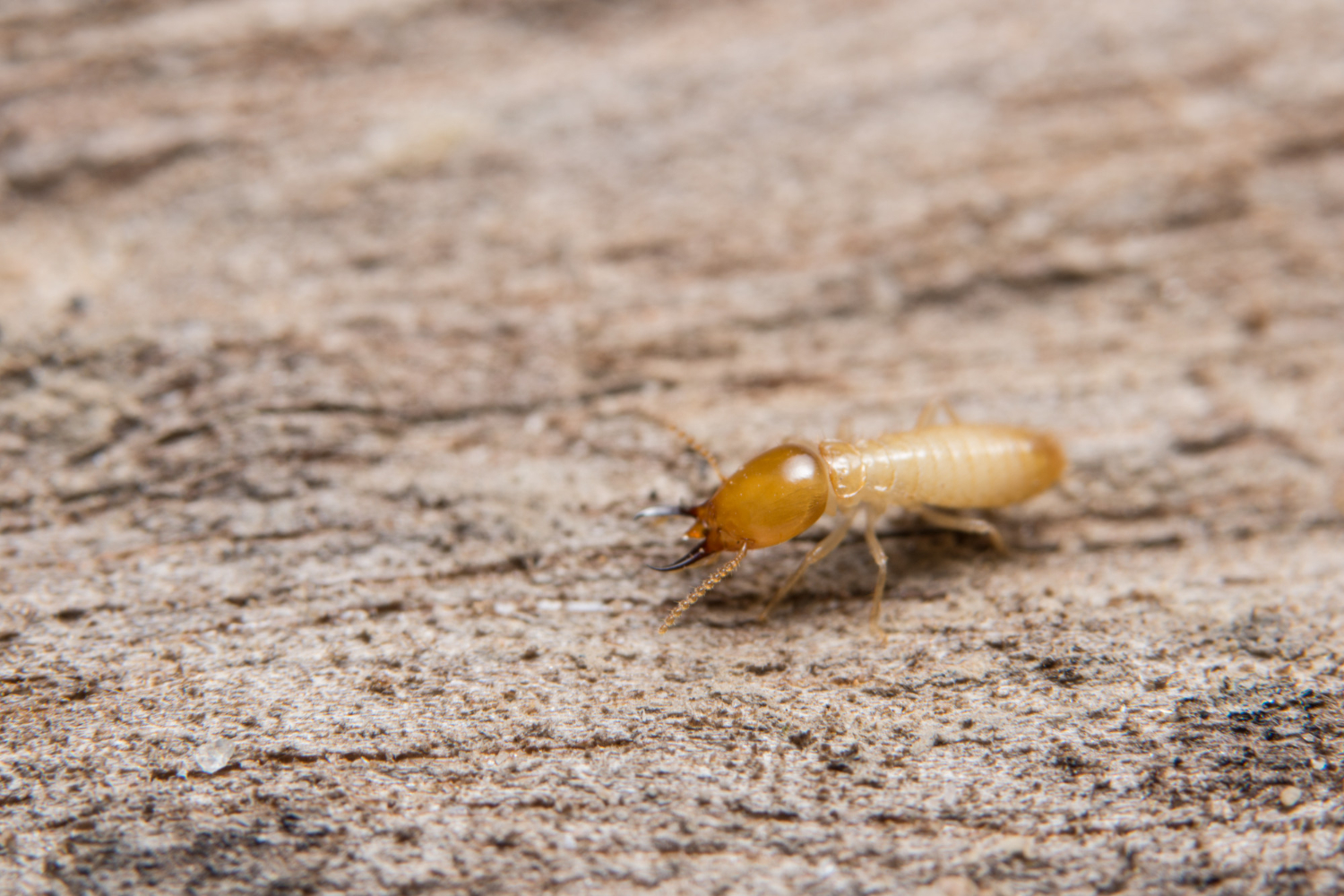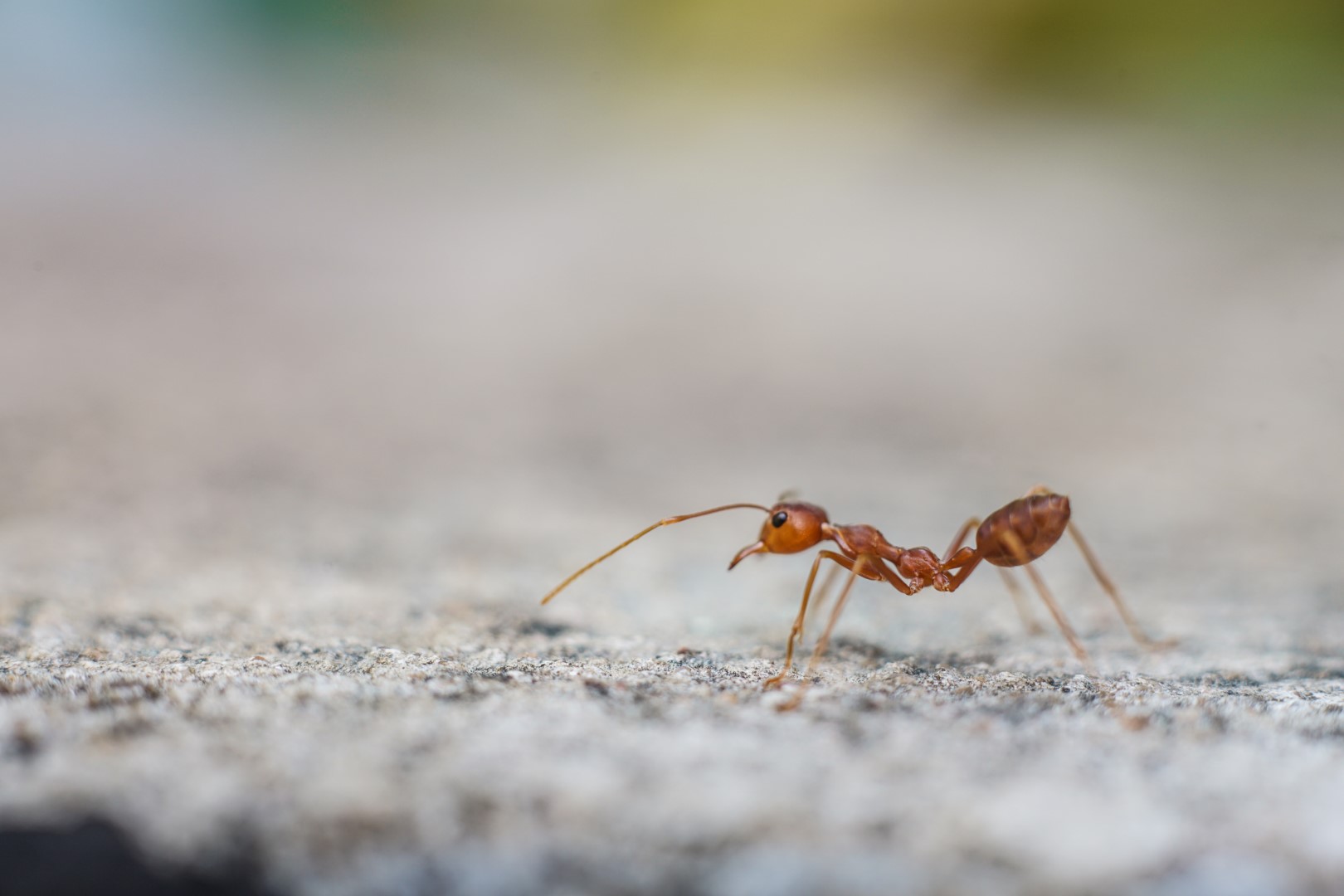Wondering what is up in your roof void thumping about in the wee small hours?
The culprit could be rats or even mice.
During the approach of cooler seasons in Brisbane suburbs, an army of heat-seeking 4 legged pests marches into “warm spots” to survive the impending freeze.
These non-paying tenants will use the warmth of your house to make babies (called pups) and eat your food,urinate and even strip the plastic off electrical and data wires causing house fires.
It’s not only our homes these critters invade. Rodents are one of the most serious pests because of their ability to co-habit any environment or building eating the same food as us.
Rats and mice spoil food prior to harvest causing huge economic losses to the world’s food supply. After harvest, stored grain and seeds in silos, vessels and warehouse supermarket distribution lines, are targeted by rats and mice.
The resulting contamination yields further economic losses and, more frighteningly, carry many external parasites which also attack man.
Plague, Murine Typhus Fever, Weils Disease, Rat-bite Fever, Trichinosis, Meningitis, Mouse Typhoid or Duck Egg Disease, Poliomyelitis (POLIO) and Favus (ringworm) are among the diseases vectored in Australia by allowing rats or mice to share our cities.
Other countries suffer a similar fate. Diseases such as Toxoplasma, rat and dwarf Tapeworms, lung flukes, rabies, rat mite dermatitis, Tuberculosis, Sylvatic Plague, Pneumonic Plague, Rickettsial Pox, Salmonella and Bubonic Plague have presented.
There are three main pest rodents:
1. The Norway Rat (Common Rat, Sewer Rat) Rattus norvegicus
2. The Roof Rat (Ship Rat, Black Rat) Rattus rattus
3. The House Mouse Mus musculus musculus
Wild rats behave differently to the white rat which is used mainly for research purposes and often as a family pet. Being mainly nocturnal, when food supply is short they do search and feed in broad daylight, modifying their usual habits to meet the demands of a changed environment.
The roof rat prefers higher places, being agile jumpers and climbers. They nest in walls, roof voids, furniture and ship holds. They are also accomplished swimmers.
Norway rats live in more ground-level environments, often making burrows in the ground at waste transfer stations, bus and railway stations and under buildings.
